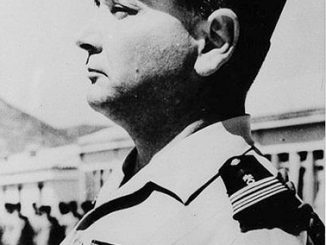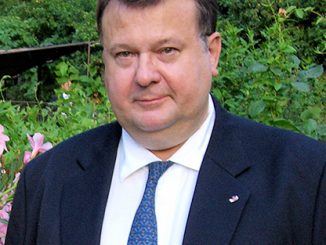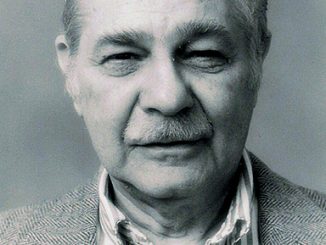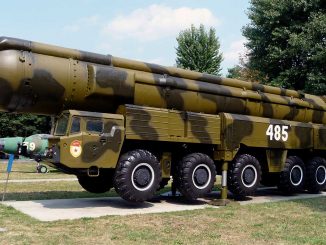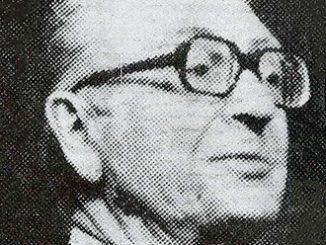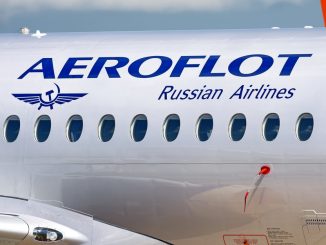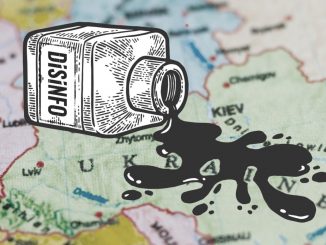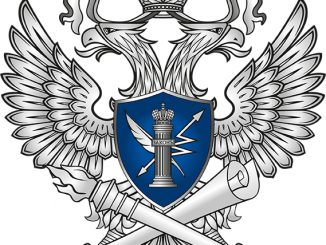Вадим Лукашевич: « Санкции – это катастрофа для нашей гражданской авиации « … Translation of the interview with Russian aviation expert Vadim Lukachewich published in Novye Izvestia, whose editorial team was « removed from Izvestia »…
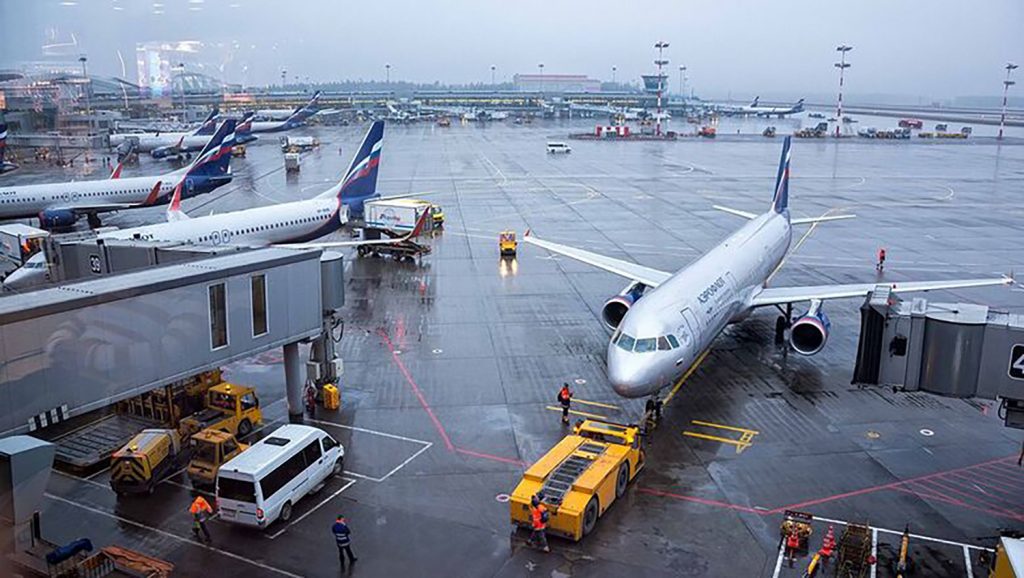
The EU has imposed sanctions on the purchase and lease of aircraft and spare parts by Russian airlines. Never before have such severe measures been applied to Russian civil aviation. Without spare parts and repairs, aircraft cannot fly safely. Russia has very few home-made planes, and these cannot replace Western planes.
« Novye Izvestia spoke to aviation expert Vadim Lukachevich. According to him, if planes have no spare parts, the country has no aviation. Only the military and government officials will fly. The rest will travel by train.

– If we lose the leased planes, will we have to fly our own?
– We hardly have any planes of our own. « The Superjet is intended for local airlines. It’s a short-haul aircraft, for short-haul airlines. First of all, there are not many of them, about 40. The main problem that explains why they fly so little is the lack of spare parts. They are made up of 70% foreign components. The on-board avionics are foreign, the engines are French. The central part of the engine, the hot section, is made by the French company Snecma. All the engines they produce are of the ‘AL’ modification.
The YAK-40 is no longer there…
The IL-114 aircraft is still being tested. We took an old Uzbek-built aircraft, which had flown in the 1990s and then put aside. We took it, reworked it, presented it as a brand new plane, 100% Russian, everything in it is ours. But it is just being tested. There is no serial production, its launch is planned for the next few years. The same goes for the MS-21. So it turns out that all we have in the airline fleet in terms of Russian aircraft at the moment is the Superjet, which has big problems with spare parts.
– What kind of problems?
– For example, it has to do with the fact that the engine has a guaranteed life of 6,000 hours. In fact, it is only 2000. After two thousand hours, a crack appears and everything has to be replaced. In other words, since the actual operating time is two thousand instead of six thousand, three times as many engines are needed at the same time. And since this engine is only found on the SuperJet and is not produced anywhere else, there are supply problems. That’s why they don’t fly much.
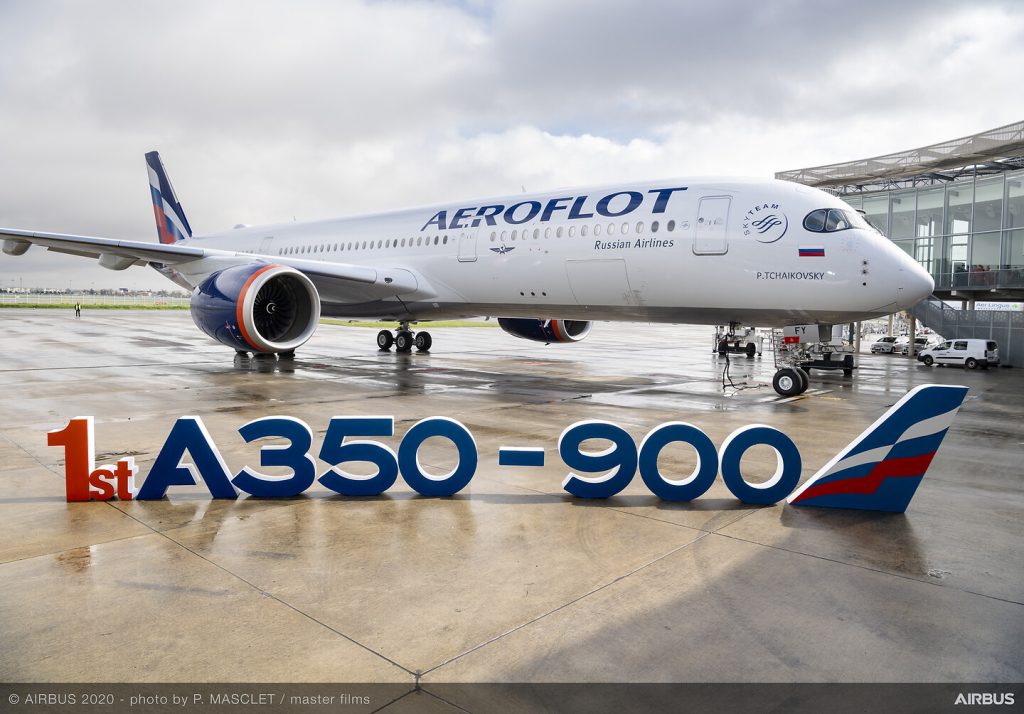
We simply do not have our own medium-range aircraft. The medium-range aircraft are Airbus and the whole family, with modifications of the A320, A321, A319, and Boeing 736. We are adapting the MS-21 to this niche. The situation with the MS-21 is such that it was originally planned to install American engines and a foreign composite wing. The first three or four planes, they have a wing made of foreign composites, but only one flew with our composite wing. The transition to our composites cost us two years, and it is heavier than the foreign composite wings by about 600-800 kg. This is a lot for the aircraft – that’s 10 less passengers, or, the equivalent in fuel.
– What needs to be done to make the plane fly?
– The overall certificate they got was for the first machines with American engines. It was indeed planned that the first 50 planes would be equipped with American engines, while the following ones would be powered by our own PD-14 engine. Again, we need to accelerate to full-scale development, but the aircraft with our own wings and engines, according to the plans, will only be certified next year or the one after. Then we can start mass production. Initial mass production will start with one or two planes per month.
Joint work between Russia and China is now being carried out on a fundamentally new aircraft. We cannot build a brand new long-haul aircraft on our own. We have nothing for it. First of all, we don’t have the avionics and the engines. The engine is supposed to be based on the PD-14 engine that is to power the MS-21 medium-range aircraft, but with more thrust. But this is only part of the plans for now.
– And where are the Soviet machines now, like the TU?
– Our management is flying the TU-214 with our PS-90 engines. It is an old Soviet model. They are certified, they fly, but they are few. All spare parts here are Russian. Production is fragmentary and really results in one offs. The TU-204 was created to replace the TU-154, but then the USSR collapsed. They were built in very small batches – 15-20 aircraft. When Boeing and Airbus poured into our civil aviation, the airlines got used to operate such aircraft enjoying a steady flow of spare parts. The effect was that it pushed our Russian-made planes to the side, although they did come up with the Tu-214 – a modified Tu-204.
In fact, they all went to Rossiya Airline and the Ministry of Defence’s Open Skies programme. Our president flies the IL-96-300. This is a long-haul aircraft of Rossiya, the so-called ‘doomsday’ aircraft. One of these planes is produced each year according to orders. We are now talking about resuming production of the IL-90-400 on their base. Any use of these planes by airlines is out of the question. It will be another year to a year and a half before the MS-21 planes start carrying passengers, although Aeroflot has ordered about 50 planes. They have been imposed on it. Leader will have to take them on and take the first steps, as with SuperJet. At present, our entire fleet of medium-haul aircraft is made up of Airbus and Boeings, the entire fleet of long-haul aircraft is made up of Airbus and Boeing. And the short-haul fleet, with the exception of a few Superjets that cost more than they fly, is made up of the same Airbus, Bombers and Empires. They used to be independent companies, but now they are under the wing of the big manufacturers.
– What is the reach of the sanctions against Russian airlines?
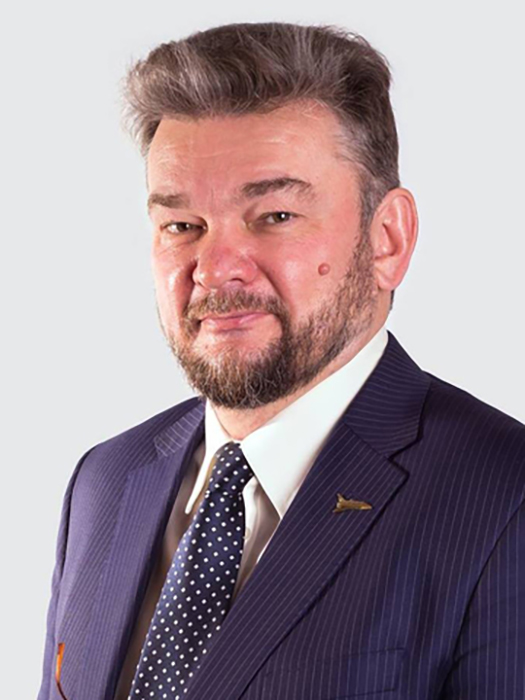
The EU has imposed a ban on the purchase of new aircraft and spare parts. We are not affected by theurchase ban, because we did not buy them anyway. We leased them. The owners are foreign leasing companies. They can recall their planes. They will have to be returned to their owners.
If the lessor withdraws the plane for any reason, the lessee has to return it. Keeping it is theft..
Vadim Lukachewich
For us to have war laws in place, there has to be a war. We have a special operation. This means that if there is a demand for the return of the planes, the airlines cannot not return them. But you have to read the contracts. There are probably force majeure circumstances in them. Let’s say the lessor demands the return of the aircraft and the airline can’t physically do it because the whole of Europe has closed its airspace.
We have the planes. Can we fly them?
– For an aircraft to meet safety requirements, everything is strictly regulated. We have a supervisory body, Rosaviatsia, whose function is to supervise the necessary regulations and the required maintenance. If an aircraft has to be overhauled and is not, the Federal Air Transport Agency has an obligation not to use that type of aircraft. So when we say that we are flying without parts, with counterfeit parts or with parts that have exceeded their useful life, this is a direct violation of all aviation safety regulations. And if the Federal Aviation Agency turns a blind eye to this problem, planes will start crashing more frequently. There will be a threat to aviation safety. The airlines will not accept these risks.
A week ago we were confronted with the fact that insurance companies refused to insure flights in Ukrainian airspace. De facto, this has become a ban, a cessation of flights. Everyone remembers the MH-17 and the Ukrainian Boeing-737 shot down respectively over the Ukraine and Tehran.
And now it turns out that planes need spare parts. This is essential. The airframe, a metal structure, has a resource of 30-40 thousand hours and can fly for 30-40 years, 20-30 thousand cycles. The resource is given for the number of flight hours and the number of cycles – take-off and landing. We are talking about thirty to forty years of operation. But the engines have to be replaced more often. You have to change the sensors more often and so on. You buy a car. It may last for many years, but once a year it needs servicing, oil changes, brake pads, belts, spark plugs, etc. The same applies to aircraft. There are elements that wear out very quickly. Indeed, if there are no normal spare parts, we end up without an aircraft. This is the first serious sanction against our civil aviation.
– So what’s the next step?
– Well, there are the trains. But for civil aviation, this is a disaster. We have no ‘import substitution’ in this area. We simply do not have our own aircraft! Civil aviation has nothing to fly. For us, the only connection between Moscow and Vladivostok will be by train. There will be trains, sitting, one week to Vladivostok. The emergency planes will fly, the Ministry of Defence will fly. They have IL-76 military transport planes. There are military planes too. So far, the Ministry of Defence is still using the TU-154. Everybody else has already abandoned them – they are old, not cost-effective. But the Ministry of Defence still has TU-154s. So they’re going to fly in these old planes.
Link to article:
Related material:
Japanese sanctions will deprive Primorsky Krai of cars and spare parts.
Sanctions: how the West is cutting off oxygen
Sanctions: who will save the international ISS crew from falling back to Europe?

